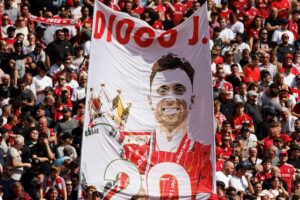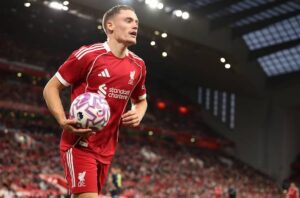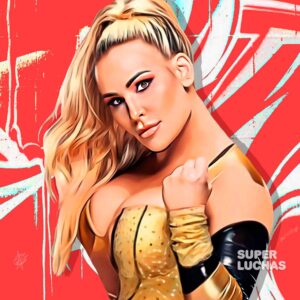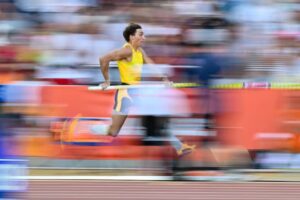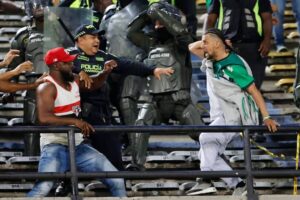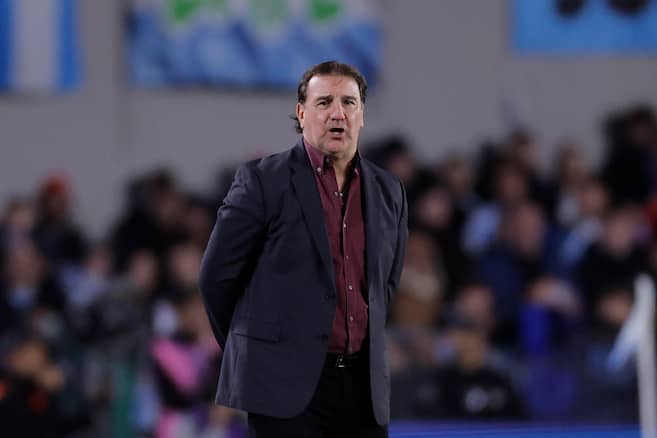

Néstor Lorenzo, DT of the Colombian National Team.
Photo: EFE – Adan González
Summary and Fast Informame
Listen to this article
Audio generated with Google
Within the framework of Football Axis SummitNéstor Lorenzo, coach of the Colombian National Team; his assistant, Luis Amaranto Perea; and the former soccer player and former chapitan of the 'Tricolor', Mario Alberto Yepes, starred in a deep dialogue on leadership, processes and the impact of the signing market on Colombian football. Among anecdotes, reflections and memories, they made it clear that the present of the selection is the result of a long work path.
The signing market and the jump to Europe
For Nestor Lorenzo, the recent movement of Colombian players to European football responds to a pattern that has already seen in other stages. “The players are valued with good performances in South America. In the Copa América, many clubs did not want Banquillo, several made that jump, ”he explained.
Amaranto Perea agreed, but stressed the importance of understanding the times. “Life depends on the processes. Sometimes football and life reward you, but the important thing is consistency. In my case, I won in all the places where I was as a player, but everything was a process. In the selections it seems that we are losers because we have lost many ends, but we are coming. We must review why we lose, but assess that we arrive. It is not written when you will win, but we have to continue insisting. Extraordinary players come and Colombia's future is assured, ”he said.
Renewal and change of mentality
Yepes recalled that the transformation of the selection was not made from one day to another. “I lived three generations. When I arrived were Freddy Rincón, Higuita, Harold Lozano. Then, with Iván Ramiro Córdoba, we began to create some bases. There he changed the mentality of the Colombian footballer. One of the virtues of the leader is to give an example, and that we tried. We wanted those who arrived saw a different pattern. It will be reflected in the World Cup;
The excapitan also sent a message of trust to the fans: “The selection is in very good hands. They do not create everything they say. We will classify the World Cup on the next date of the qualifiers.”
Leadership on the court and out of it
For Lorenzo, “the leader is born and then learns. Being a leader is to serve. There is an anecdote with Mario: in 2014, he did not have many minutes in Milan and offered to leave to get to the World Cup. He went to the Atalanta, resigning money and prestige based on the selection. And then he made the World Cup that we know. The coach must identify the tactical leader, to the charismatic, to the carism. You have to take that out.
Perea complemented remembering how different types of leaderships live within a group. “In 2014, Mario was the visible leader, but he needed others. Pablo Armero was the leader of joy, although sometimes it was too much; Camilo Zúñiga balanced. When there are many leaders can be chaotic, so the leader is not just a coach: he is also a psychologist, father and friend.”
Yepes, meanwhile, said that his character was forged from a young age. “In Cali I was not captain, but they respected me. That shows in the costume. In River it was the same, and in Milan, where there were 20 leaders, the second year was already captain. Sometimes the leadership is born, others is done, and others have to assume it.”
The blow of getting lost a World Cup
One of the most emotional moments was when Perea talked about her absence in Brazil 2014. “It was very hard. For 15 years I did not injure myself, I enjoyed, I played … I deserved it. But I said: for something it will be. I stayed that I had lived many good things. I promised that, in some way, I was going to come back.”
Yepes confessed that the group did not know that Amaranth would be left out. “We knew Falcao, but with Amaranth they didn't tell me. Knowing what we suffered so that it was not … and that World Cup knew it would be incredible. They accompanied us and gave us an example to the young people. That was the spirit of that selection.”
Perea recalled that, the night before the list, he spoke with Pékerman. “I told him that he did not go to the World Cup for the injury. Mario was enraged, but I had already accepted it. The coaching staff believed in me until the last moment, and that is needed: trust.”
Lorenzo closed that theme with frankness: “We made the attempt until the end with Amaranto and Falcao, but we were not going to wear a player who knew he was not going to be. It was very sad for everyone.”
From the player to the coach
Lorenzo also talked about how he evaluates his summons: “In the selection many times it is time to imagine, because you do not always have them. That is why I defend the microcycles. I like to see the players because many times the shirt weighs, and until you see it on the court asking for the ball you do not know. Today the players are more professional and more dedicated.”
Yepes, about his stage as DT, it was blunt: “I liked it a lot, I did it in Cali, where I am happy. The statistics do not lie, but I was not going to endure the handling of Colombian football. I was not going to serve to be cannon meat.”
The forum closed with the feeling that, beyond the results, the Colombian team is one step away from the World Cup, with a technical team that is committed to enhancing talent and a generation that seeks, from collective leadership, to make the great leap in the next World Cup.
🚴🏻⚽🏀 The latest in sports?: Everything you should know about world sport is in the spectator
